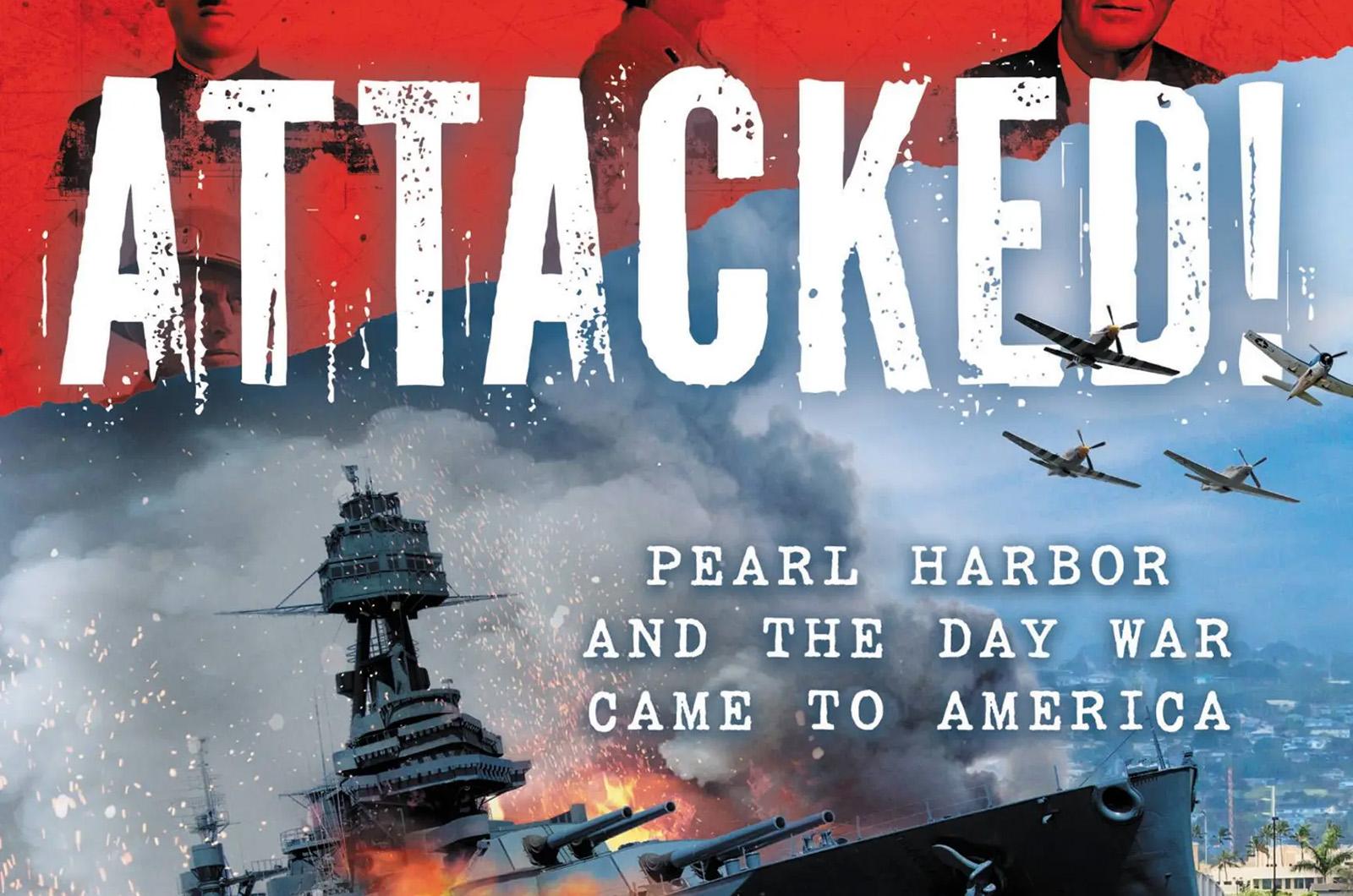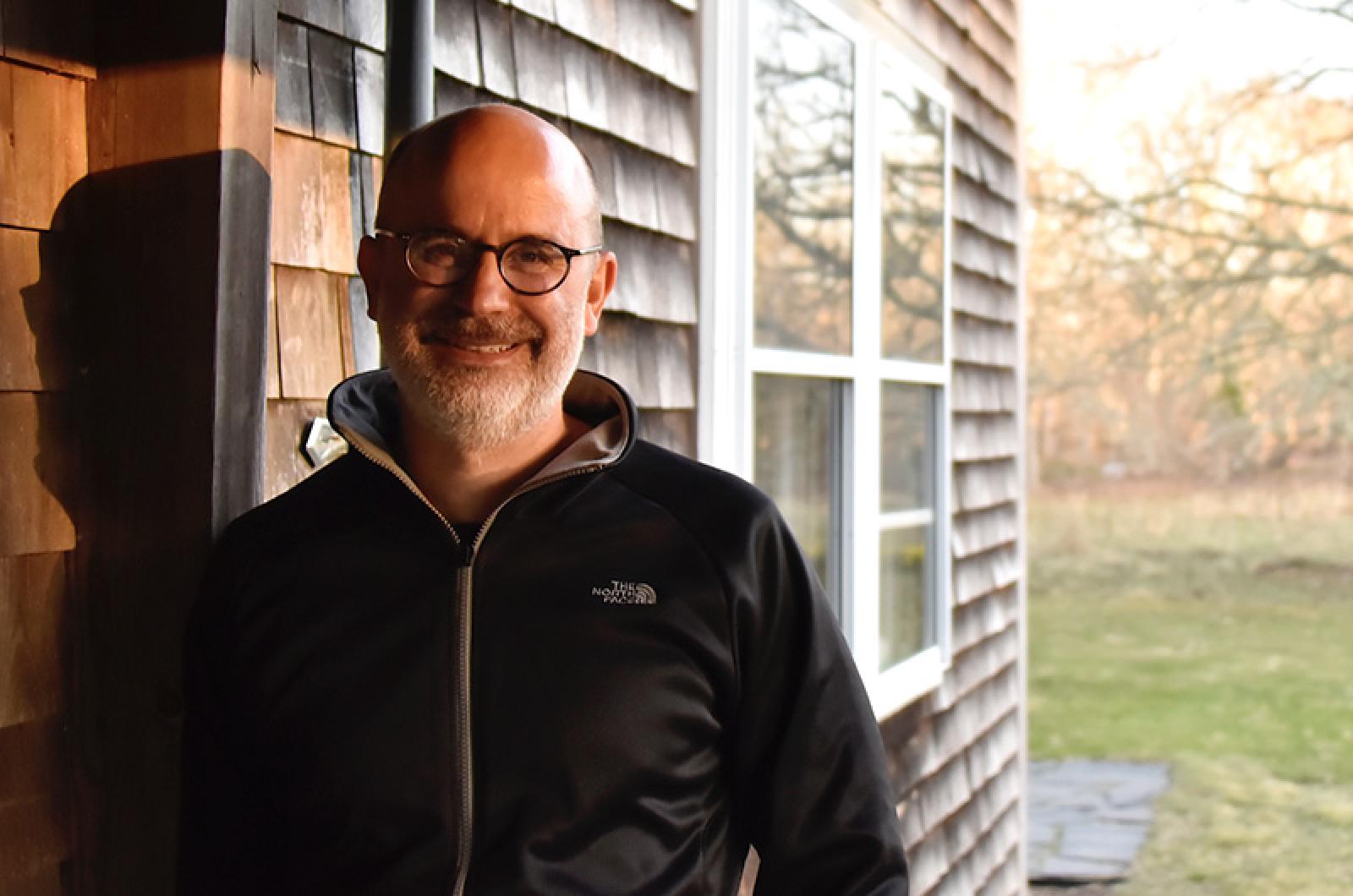Attacked! Pearl Harbor and the Day War Came to America by Marc Favreau, Little, Brown 2024, 214 pages, $17.99.
The subject of West Tisbury resident Marc Favreau’s latest book for young adult readers is the surprise attack launched by Japan on the US Naval base at Hawaii’s Pearl Harbor in 1941, in which over 2000 sailors and dozens of civilians lost their lives when Japanese fighter planes roared out of a peaceful Sunday morning.
By the time the morning was over, it was firmly lodged in history as, in President Franklin D. Roosevelt’s words, “a date which will live in infamy.”
In Attacked!, Mr. Favreau warns against the encroachment of sentimentality or folklore.
“The real story of Pearl Harbor is more complicated — and much more interesting, tragic, and heroic — than the simplified version handed down to us by our parents and grandparents,” he writes.
He wrote this book, he says, in order to get past sensationalistic headlines and over-simplified fading memories.
Mr. Favreau is an editor at the New Press, and a few years ago took on the title of author as well. He has now written four nonfiction books, including Unequal: A Story of America, written with Michael Eric Dyson.
Mr. Favreau’s approach to his latest book guarantees that it will feel more personal than most accounts of the Pearl Harbor attack because he grounds everything in the individual experiences of a small cast of characters as they make their way through the most chaotic day of their lives.
Readers meet famous figures like Japanese Admiral Nagumo or Emperor Hirohito, but they also meet 18-year-old Japanese mini-sub Capt. Kazuo Sakamaki, whose tiny craft, buffeted by the waves and the impacts of Dec. 7, eventually founders, washing him up on a nearby beach, exhausted and looking up into the face of an American serviceman.
“Sakamaki left home three weeks earlier hoping to become a hero of the Japanese Empire,” Mr. Favreau writes. “That morning, he had become something very different: the first prisoner of war captured by the United States in World War II.”
On the American side, readers likewise meet famous figures, including the most famous of them all, President Roosevelt, who knew that America’s recent measures of cutting off Japan’s oil supplies might push the Empire to violence and yet still hoped that violence might not take its most predictable form.
“In a last-ditch effort to prevent an oil-starved Japan from launching a wider war in the Pacific, he sent a personal telegram to the Japanese emperor Hirohito,” Mr. Favreau writes. “It read: ‘I am confident that both of us have a sacred duty to restore traditional amity and prevent further death and destruction.’”
Even knowing that war was likely, Mr. Favreau notes, FDR hoped for peace.
But just as on the Japanese side of the story, the American side also features far lesser-known figures, like a Navy officer’s daughter Mary Ann Ramsey, whose experience of the attack was visceral: “When the first bombs fell on Ford Island, the sound reached her first, their sharp concussions passing through her body,” Mr. Favreau writes. “The fireballs came next, leaving behind black craters mere yards from their home.”
Thanks to Mr. Favreau’s meticulous retelling, readers are brought into the intricacies of all sides of the attack, from the workings on board the Japanese attack-vessels to the sudden wave of frantic emergency that swamped Army nurse Monica Conter and her colleagues at Hickam Hospital, which abruptly went from treating the occasional sprained ankle to handling hundreds of victims, many of them being carried through the doors with dire wounds.
Mr. Favreau refers to Pearl Harbor as “a proving ground for the Army Nurse Corps.”
The infamous Doolittle raid and its headline-grabbing attack on Tokyo in the wake of Pearl Harbor is described as objectively and as detailed as every other aspect of the subject. For instance, readers learn of a bomb that detonated among a group of workers taking their lunch break, killing a dozen of them, or a group of primary school students cut down by strafing fire — all such incidents indicating “the terror and arbitrariness of air war.”
This kind of oral history approach brings the reader directly onto the combat decks and civilian sidewalks of one of the major inflection points of modern history and puts individual faces and voices to the more general observations of much broader narrative approaches.
The events surrounding the Pearl Harbor attack are now 83 years in the past. Like all the rest of World War II, these things are now on the verge of slipping from any vestige of living memory into the annals of history. This makes Marc Favreau’s book, so full of vibrant individual voices, all the more stirring.





Comments
Comment policy »